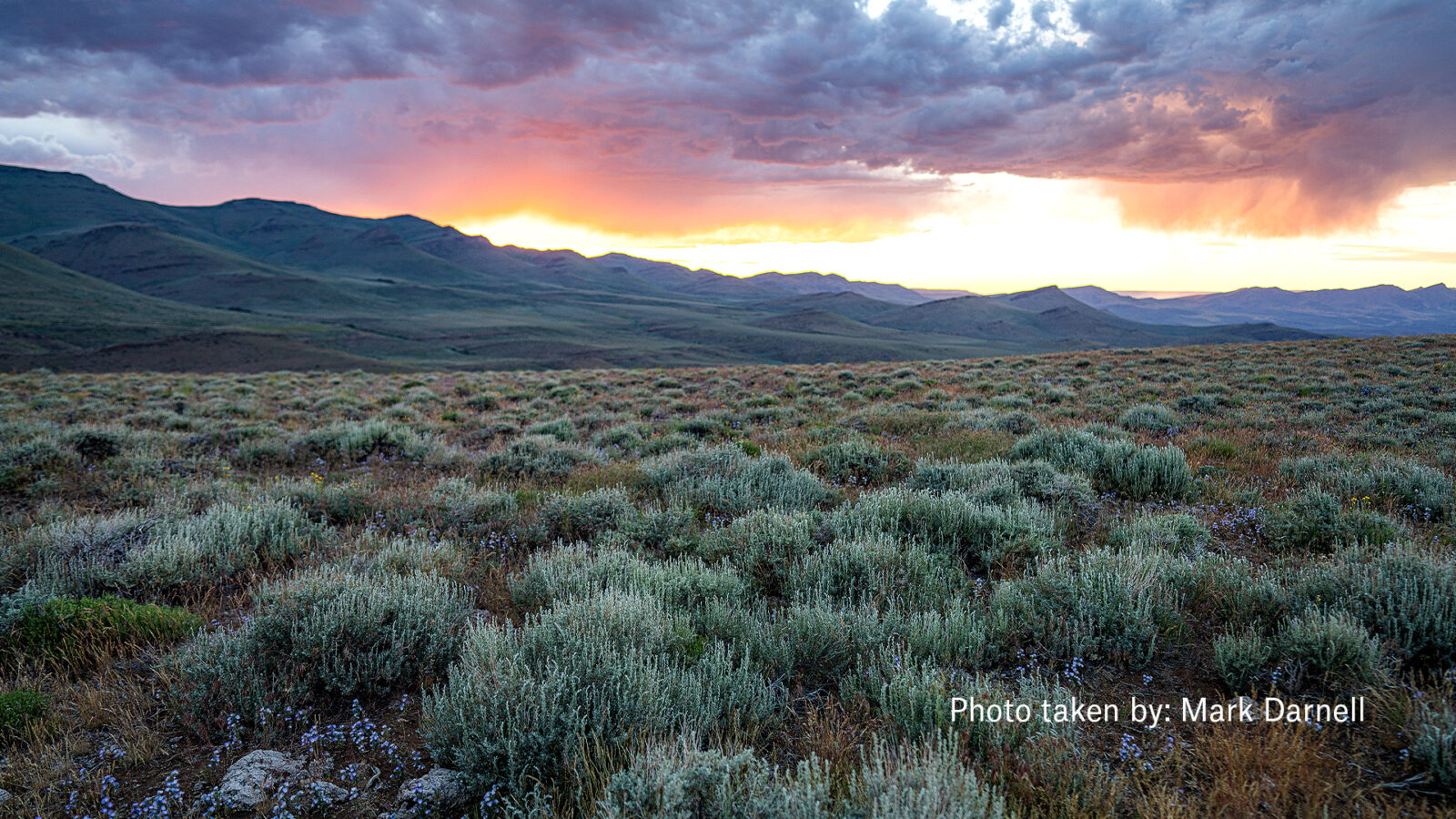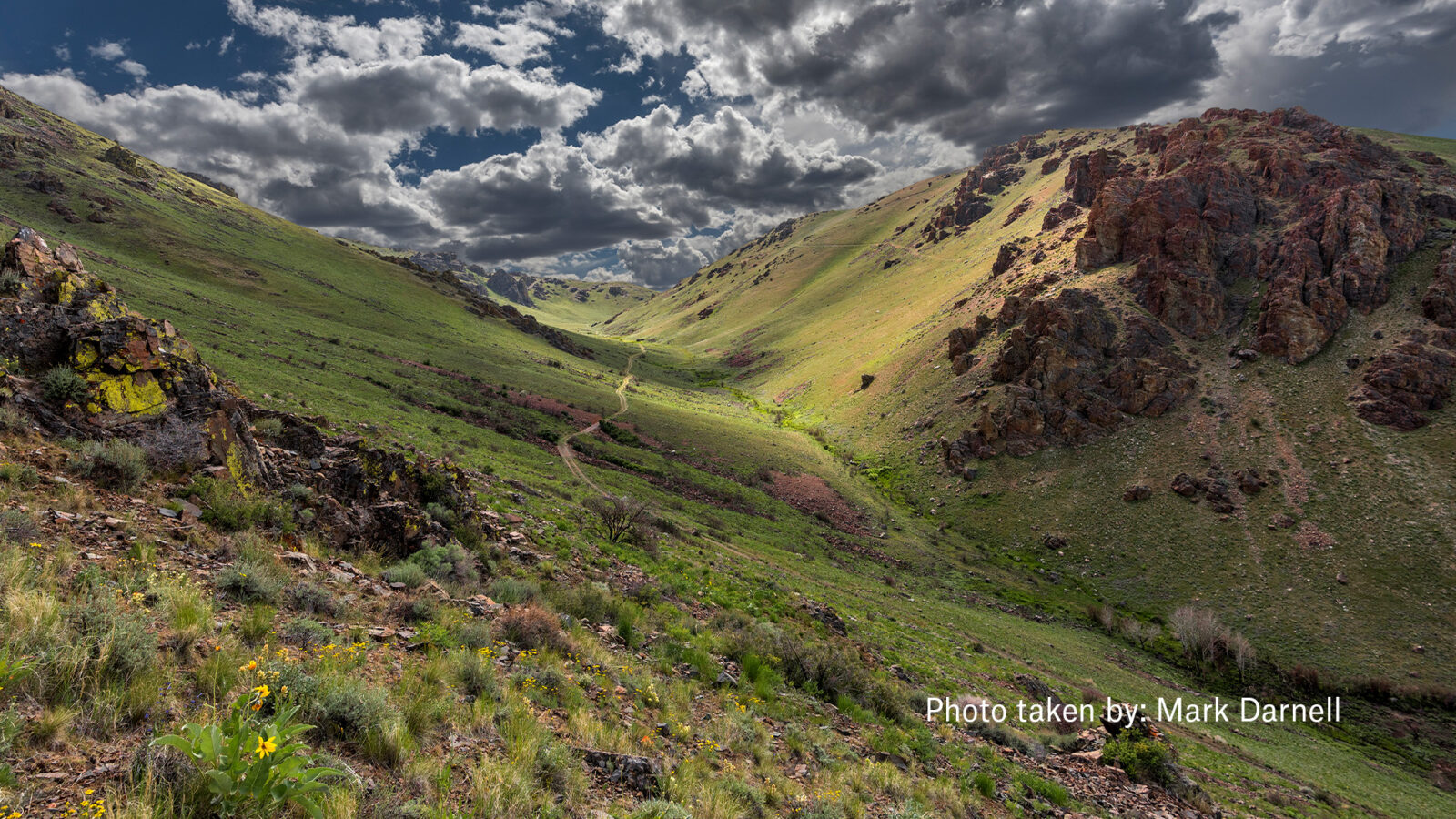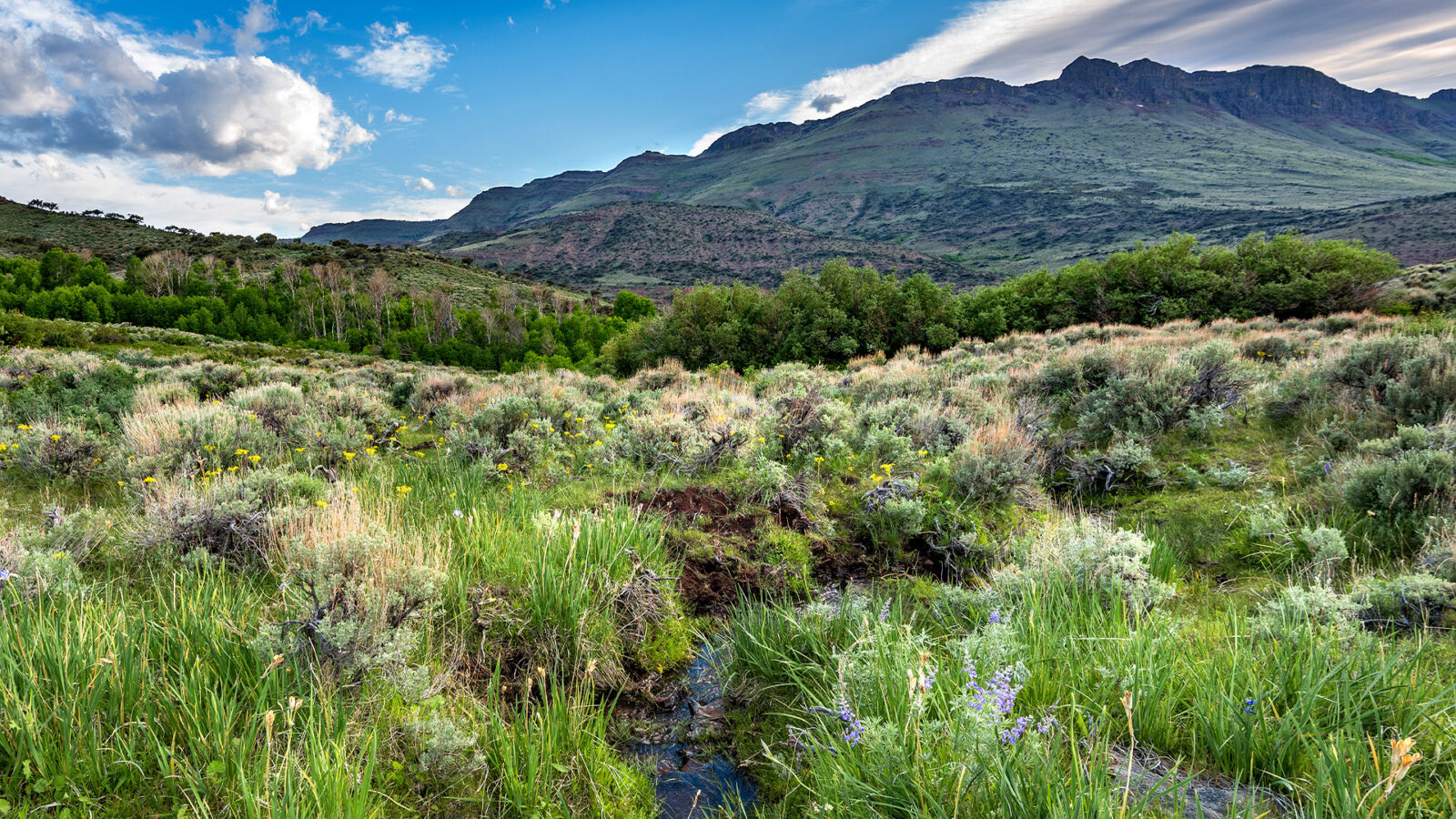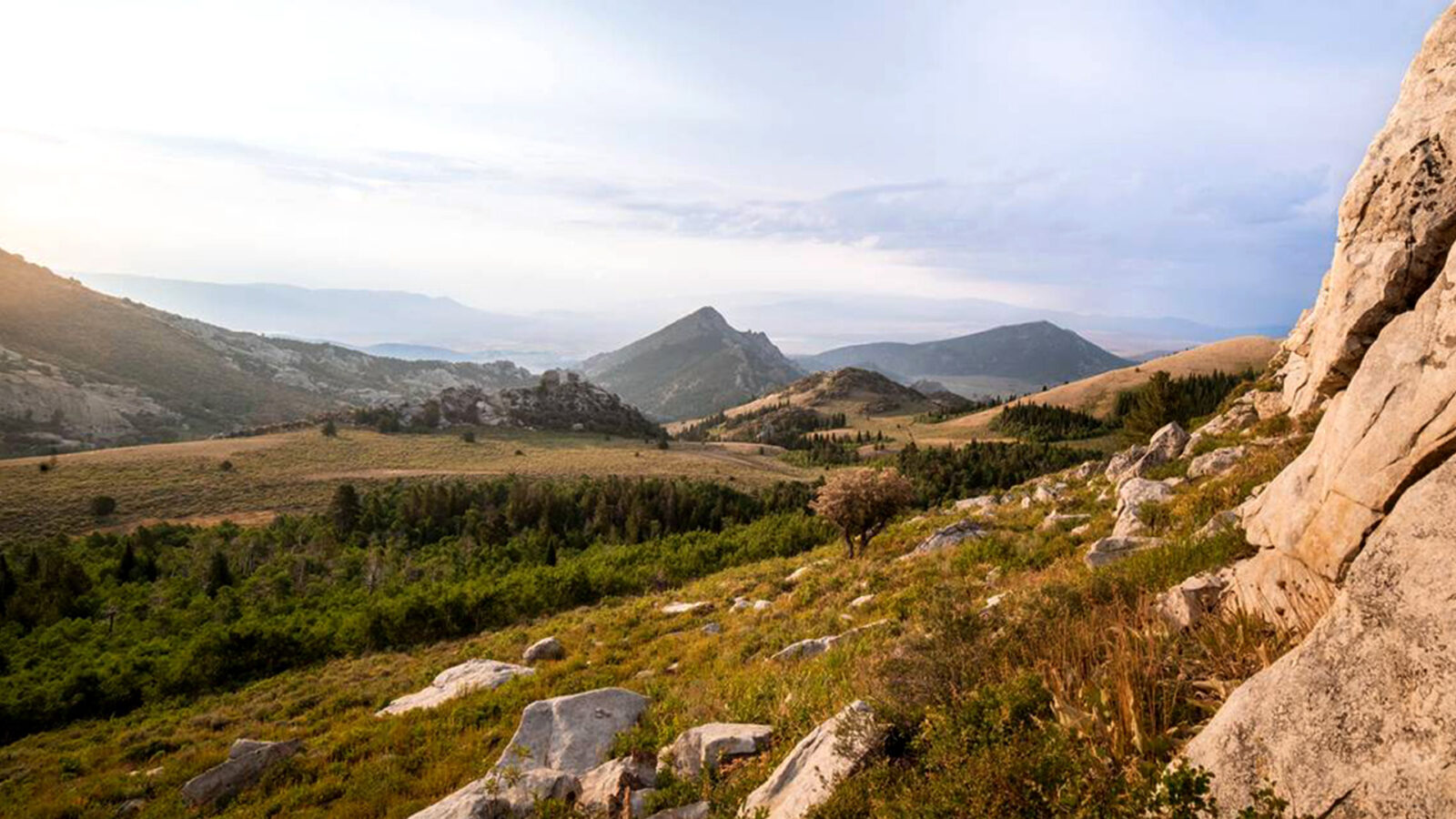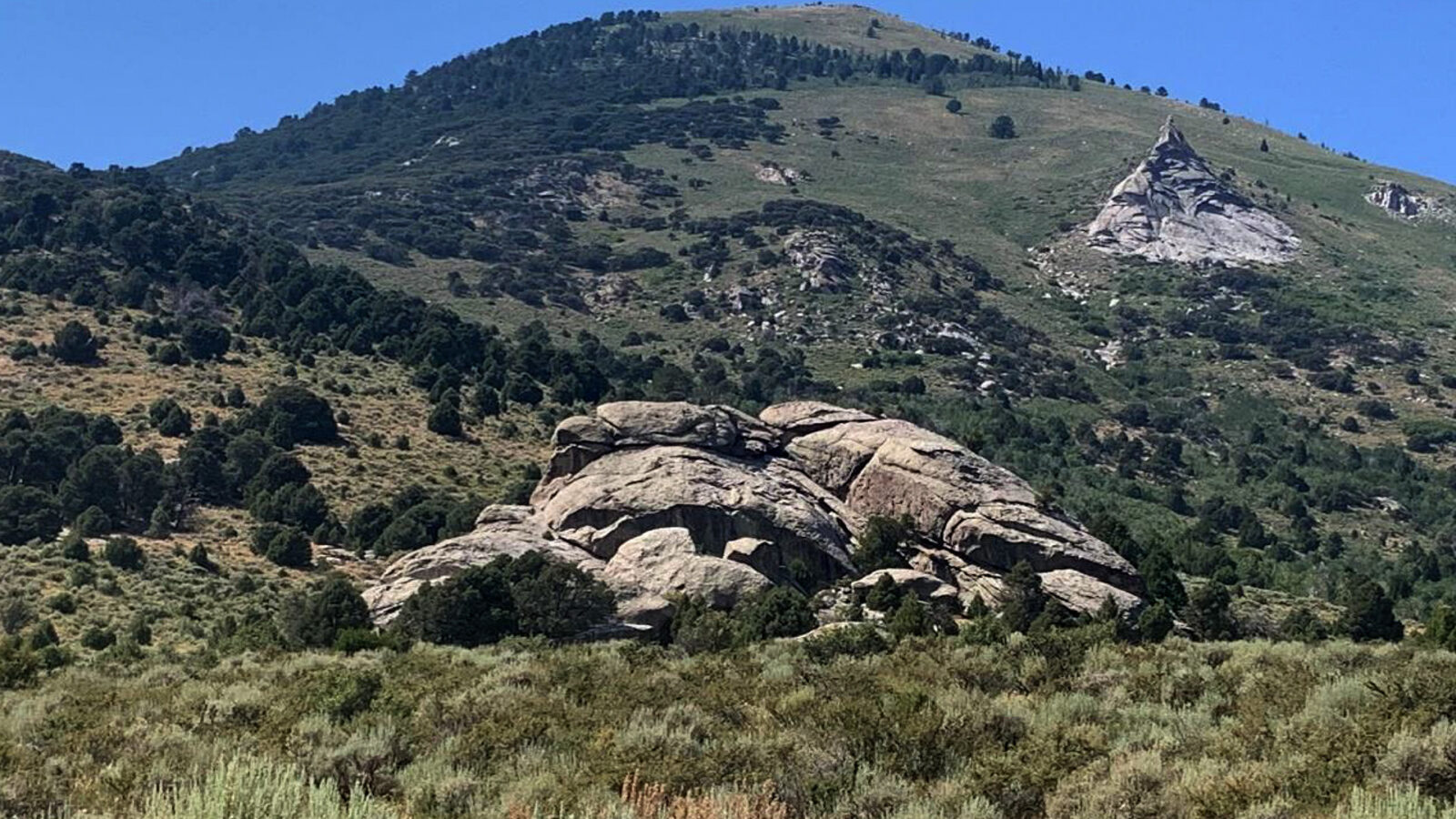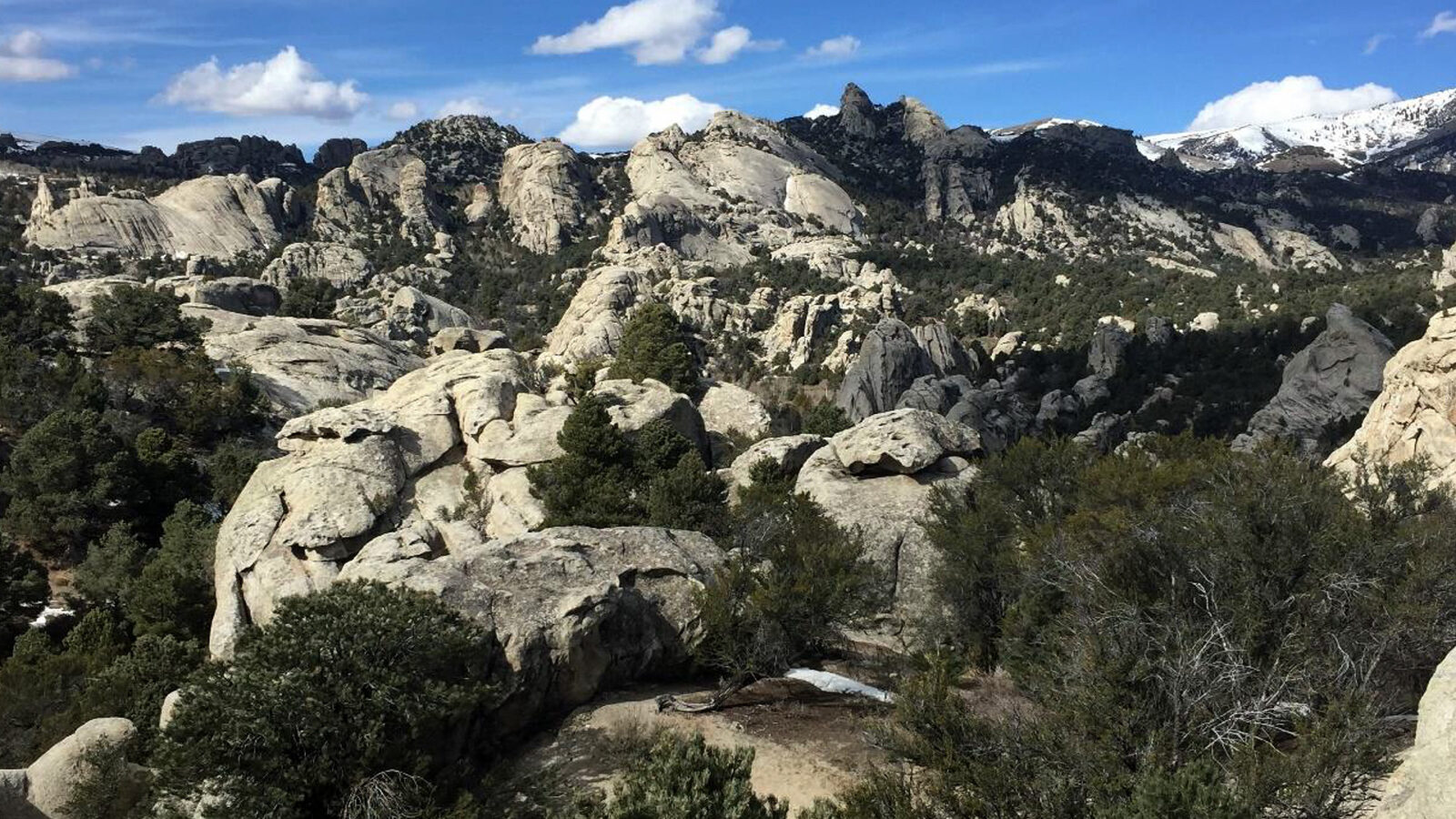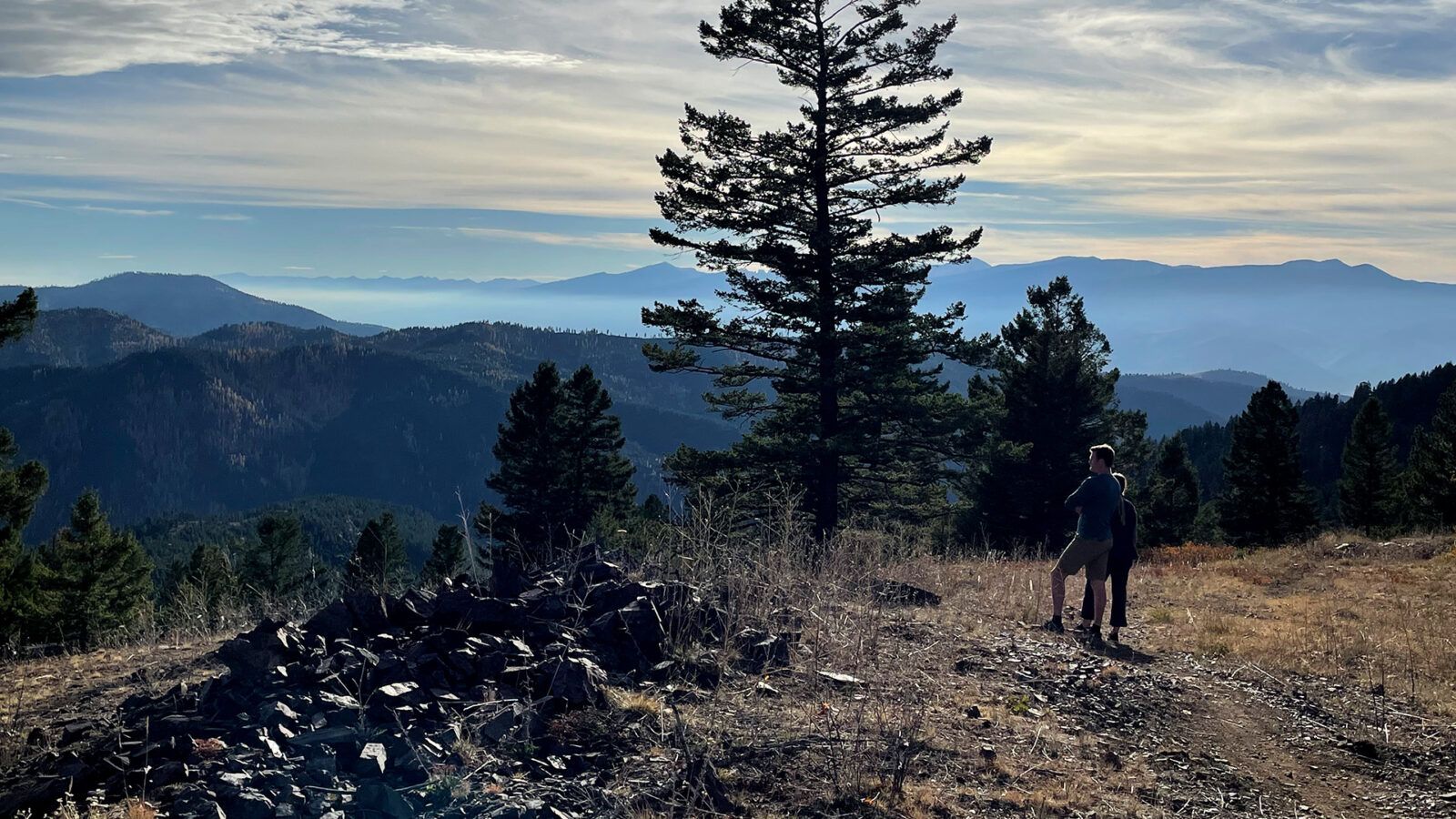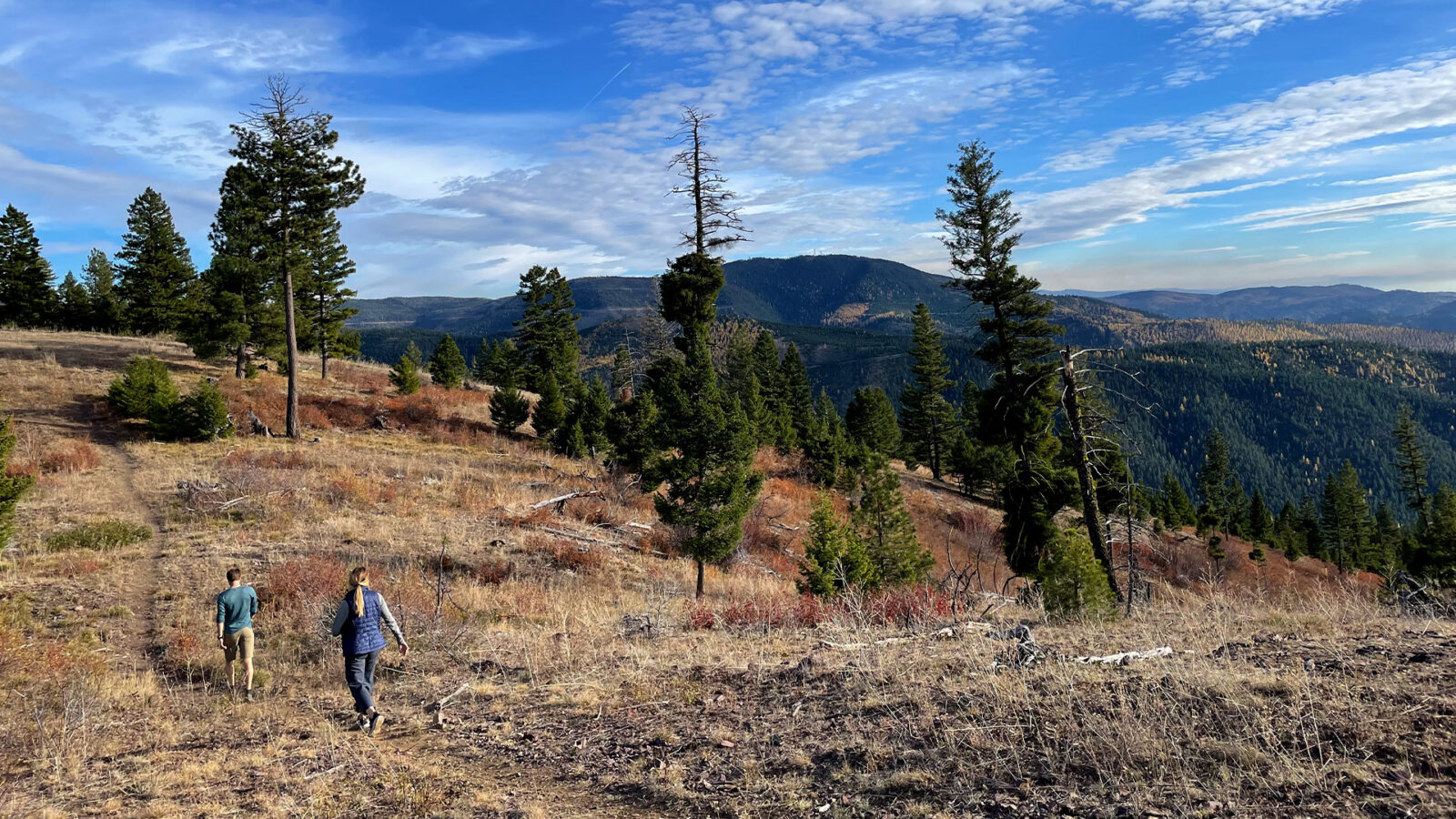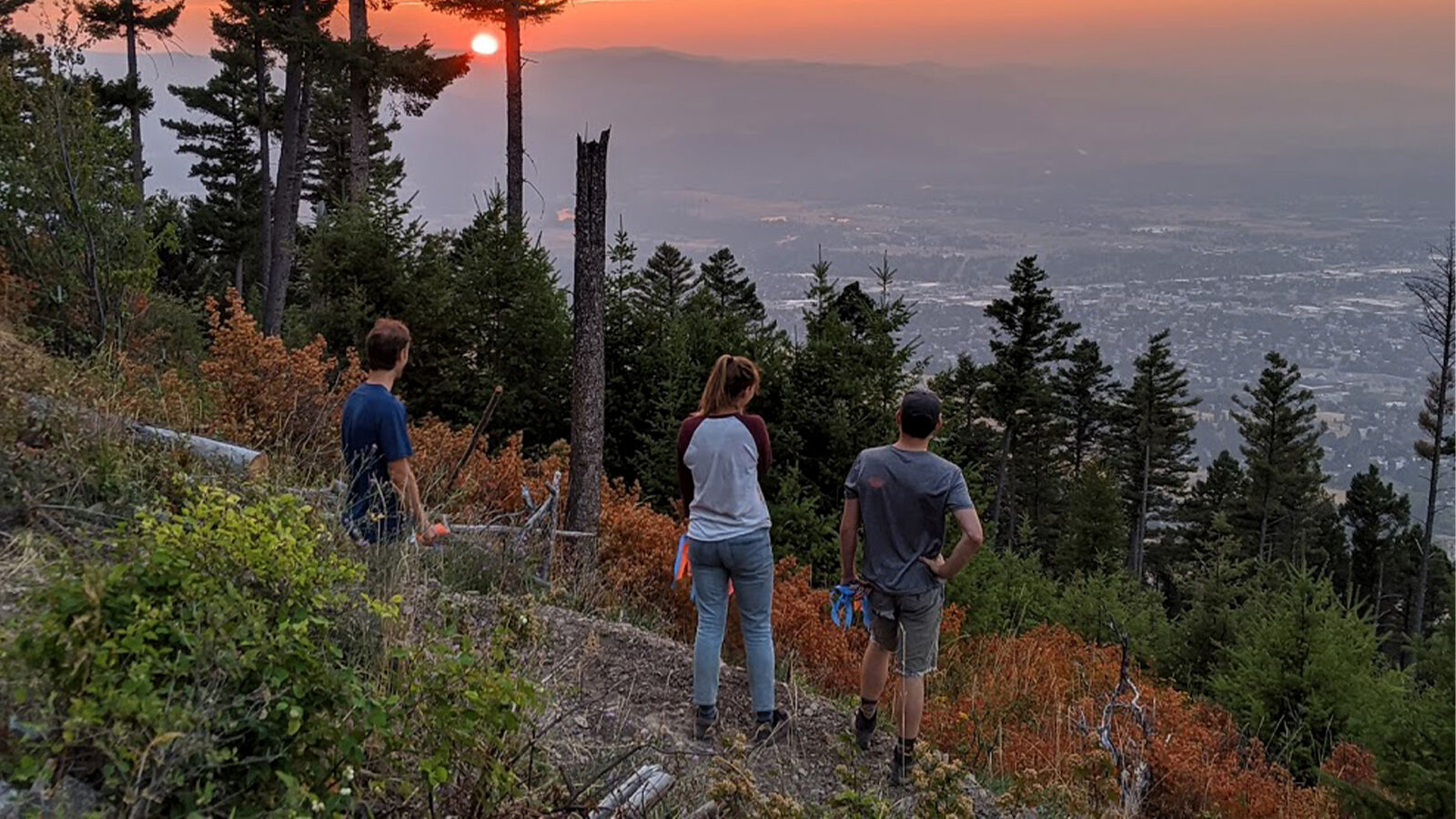onX Access Wins: It Takes a Team.
There’s no such thing as a typical land access project.
When we founded our Access and Stewardship program, we began with one simple tenet—when people feel connected to the land, they are more likely to protect it. From that core belief grew a set of guiding principles that recognize the primacy of coalitions, the importance of compromise, and the conviction that preserving and expanding access to the land will always be a challenge worth taking on. Perhaps most importantly, we knew that flexibility would be vital in allowing us to lend a hand on projects large and small, on public and private land, and in remote wildernesses and in plain sight of population centers.
With our land data expertise and the budget afforded to us by your continued support of our Hunt, Offroad, and Backcountry offerings, we knew that onX could serve as a coalition builder to address access challenges across the country. With that in mind, we established a goal to secure or improve access to 150,000 acres and restore, secure, or build 150 miles of trails by the end of 2023. Thanks to you and the support of our talented and tireless partners, we’re nearly there. Over the last several months, we’ve witnessed major milestones in three projects we’ve funded spanning Oregon’s high desert, Idaho’s Albion Mountains, and our home turf in Missoula, Montana. These projects may look rather different, but they all accomplish our objective of connecting people to the land in a deeper, richer way.
Creating One of Oregon’s Largest Conservation Areas
In some cases, access can be increased by acquiring large parcels of private land, often ranches headed toward the seemingly inevitable outcome of subdivision and development. In the high desert of Oregon, the historic Trout Creek Ranch, a property comprising more than 16,000 acres and holding numerous grazing permits, was recently offered for sale. To hear Brent Fenty of the Oregon Desert Land Trust tell it, preserving this land was vital in order to “establish one of the largest conservation areas in Oregon.” As is often the case, this project was about far more than the particular acreage in question.
“The Trout Creek Ranch provides climate-resilient habitat connectivity between more than one million acres of public land, including more than 334,000 acres of wilderness study areas, 170,166 acres of designated wilderness, and 572,896 acres of national wildlife refuges. The lands range to nearly 5,000 feet in elevation, span three watersheds, and encompass a number of habitat types including, but not limited to, aspen woodlands, grasslands, creeks, wet meadows, and sagebrush steppe.”
Brent and the Oregon Desert Land Trust came together with The Nature Conservancy and other organizations including onX to make the acquisition possible. They are partnering with local Tribes and the Upper Snake River Tribes Foundation to ensure the native history of the land is respected and to host tribal gatherings on the land. This new access provides opportunities for hunters and anglers, hikers and cyclists, and horseback riding and motorized access on existing roads. Trout Creek Ranch now provides connectivity between more than one million acres of wildlife habitat, and the ranch is working with partners to develop new grazing technology such as GPS collars that will reduce fencing and better manage cattle in fragile habitats. With wetland habitat and a large population of big game animals, Trout Creek Ranch serves as a model for balancing the needs of farming and ranching with the things wildlife needs to thrive.
A Small Parcel With Huge Implications in Idaho
In other cases, opportunities to acquire relatively small pieces of private land can provide the vital linkages between existing areas open to the public for recreation. This was the case in the Albion Mountains west of Almo, Idaho, where the 360-acre Sheridan Ranch sat between the City of Rocks National Reserve and Castle Rocks State Park. Thanks to additional access and property, the often-crowded City of Rocks climbing area will now see more opportunities for dispersed recreation, lessening the impact on the land and providing more solitude and enjoyment for visitors.
The Sheridan Ranch acquisition provides an illustrative example of how complex these projects can be. In this case, while The Conservation Fund led the initial purchase, that was only the first step. Preserving access relies on nonprofits like The Conservation Fund working hand in hand with the government agencies that will ultimately manage the land. Here, after the Sheridan Ranch was purchased, it was then acquired by The National Park Service and The Idaho Department of Parks and Recreation.
As with Oregon’s Trout Creek Ranch, this new access provides opportunities for outdoor recreation of all types and while also protecting the land itself. The Conservation Fund’s Senior Vice President and Western Director Mark Elsbree says, “It’s the perfect example of conservation achieving both environmental and economic priorities.”
While onX was instrumental in providing funding for the Sheridan Ranch project, the list of additional partners is long. Federal funding was provided by the Land and Water Conservation Fund, and project partners included The Conservation Fund, the National Park Service, Idaho Department of Parks and Recreation, Access Fund, Oregon Community Foundation, Land Trust Alliance, Cross Charitable Foundation, and the Southern Idaho Climbing Coalition. As you might be picking up on, it takes a lot of hands to make a project like this work.
A Coalition Preserves Missoula’s Foothills
One final project to highlight takes us not to some far-flung wilderness area or large private ranch. In fact, this recent access win played out mere miles from our office in Missoula, Montana, on the slopes of Mount Dean Stone. This 4,200-acre complex on the outskirts of Missoula connects Pattee Canyon’s incredible recreation activities with the extensive wilderness of Miller Creek.
In rapidly growing mountain towns like Missoula, an ever-increasing demand for accessible recreational opportunities presents a challenge to local governments and nonprofits alike. In 2014, Five Valleys Land Trust saw the opportunity to work with the Barmeyer family to place their Pattee Canyon property into an easement. Since those early days, the project has only grown.
Grant Kier, former Five Valleys Land Trust Executive Director, summed up the need for areas like Mount Dean Stone.
“Fundamentally, this is conservation serving our community goals. The community wants more trails and more access to outdoor recreation out the door. The trails we currently have near town are a core part of our unique quality of life, but they are increasingly crowded and predominantly on the north side of town. Our community is anticipating massive growth in the decades ahead, and this is a chance for our open space infrastructure to keep pace with growth and maintain our quality of life and sense of place.”
Five Valleys Land Trust leads the Mount Dean Stone Committee, a collaboration of more than 20 organizations and businesses including onX. At the heart of the efforts is the creation of the House of Sky Trail, which will unite trailheads for the first time and link more than 4,200 acres for recreation. In addition to bolstering accessible recreation opportunities for a rapidly growing city, the project will offer opportunities for volunteer engagement, protect vital wildlife habitat, install signage for tribal place names and seasonal elk closures, and build fences and new connecting sections of trail. In addition, the area will soon be home to Missoula’s first Community Forest, which, according to Five Valleys Land Trust Associate Director Ben Horan, will “encourage citizen and stakeholder engagement in the planning and stewardship of the landscape.”
Access Work Takes Everyone. You Can Help.
Our involvement in access and stewardship projects around the country continues to reinforce one simple lesson—there’s simply no such thing as a typical project. To make it work requires the collaboration of individuals and organizations that bring all the necessary skills to the table in service of a common goal. We are honored to play a part in creating and preserving access to wild places because we know it does far more than benefit our own interests. These places inspire a love of the outdoors in new generations and make our communities healthier, happier, and more prosperous.
We encourage you to look for opportunities to help in the places you care about. Reach out to local land trusts and conservation organizations to learn about volunteer opportunities in your area. Learn more about the organizations mentioned above, and donate to organizations putting boots on the ground and doing the hard work. Finally, seek out recreation opportunities near where you live. Wilderness is often closer to home than you might realize, and you’ll be a better person for having spent time in it.
